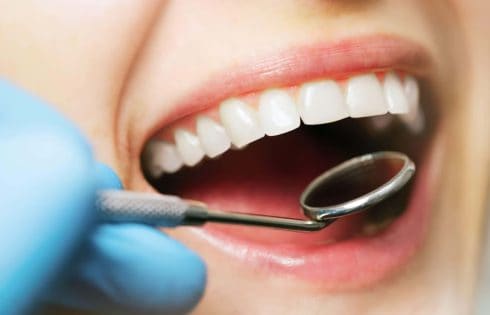
Scientists have successfully grown human teeth in a lab for the first time, according to a new study.
Researchers at King’s College London say the breakthrough could lead to patients regrowing lost teeth in future, offering an alternative to fillings or dental implants.
The team developed a material that mimics the environment needed for tooth development, allowing cells to send signals and begin forming a tooth.
Dr Ana Angelova-Volponi, director of regenerative dentistry at King’s College London, said the research has the possibility to “revolutionise dental care”.
The study says some animals like sharks and elephants have the ability to grow new teeth, but humans only have one set from adulthood.
The ability to regenerate teeth would therefore be a major leap forward for dentistry, researchers suggest.
Unlike implants and fillings, which are fixed and cannot adapt over time, the study outlines how a lab-grown tooth made from a patient’s own cells could integrate into the jaw and repair itself like a natural tooth.
The research, in collaboration with Imperial College London, has been more than a decade in the making.
Xuechen Zhang, researcher at the Faculty of Dentistry, Oral & Craniofacial Sciences, said: “Fillings aren’t the best solution for repairing teeth. Over time, they will weaken tooth structure, have a limited lifespan, and can lead to further decay or sensitivity.
“Implants require invasive surgery and a good combination of implants and alveolar bone. Both solutions are artificial and don’t fully restore natural tooth function, potentially leading to long-term complications.
“Lab-grown teeth would naturally regenerate, integrating into the jaw as real teeth. They would be stronger, longer lasting, and free from rejection risks, offering a more durable and biologically compatible solution than fillings or implants.”
Previous efforts to recreate this process in the lab had failed, as the cells were unable to communicate effectively.
Researchers are now exploring two possible approaches: growing a whole tooth in the lab before implanting it or placing early-stage tooth cells directly into the patient’s jaw where they could continue developing.
Mr Zhang added: “We have different ideas to put the teeth inside the mouth. We could transplant the young tooth cells at the location of the missing tooth and let them grow inside the mouth.

